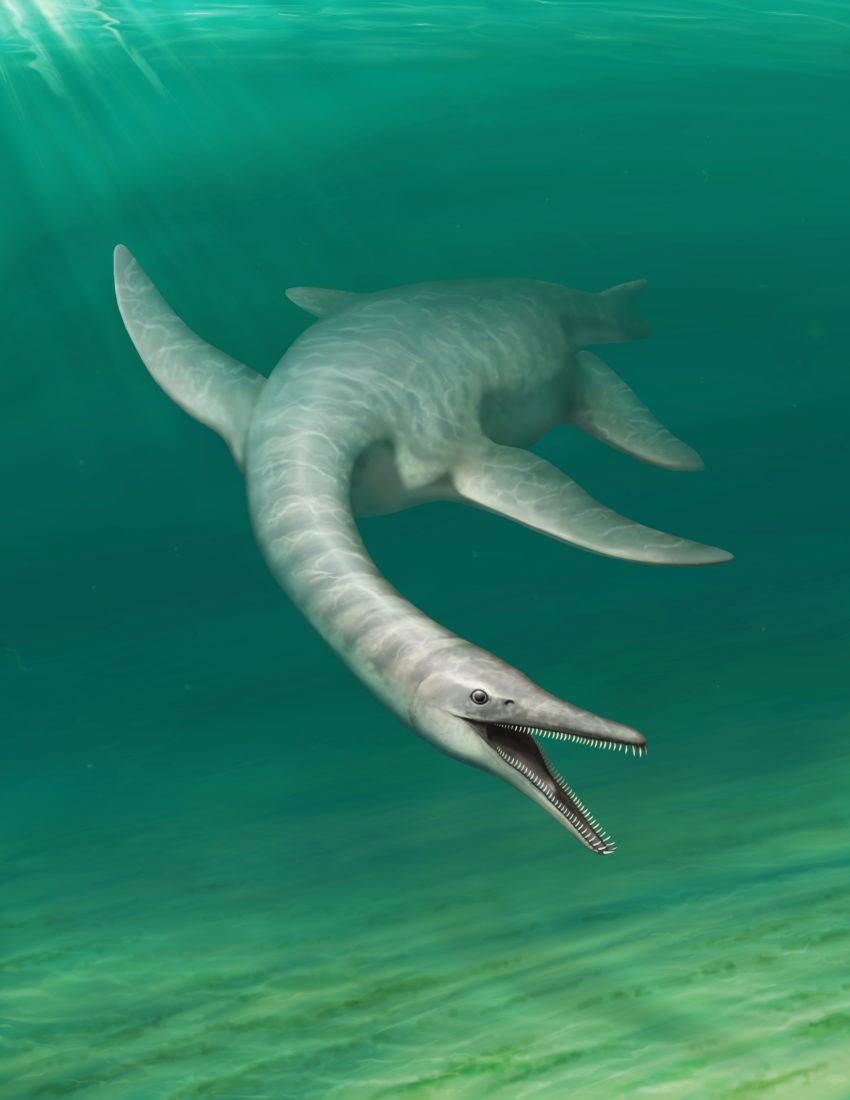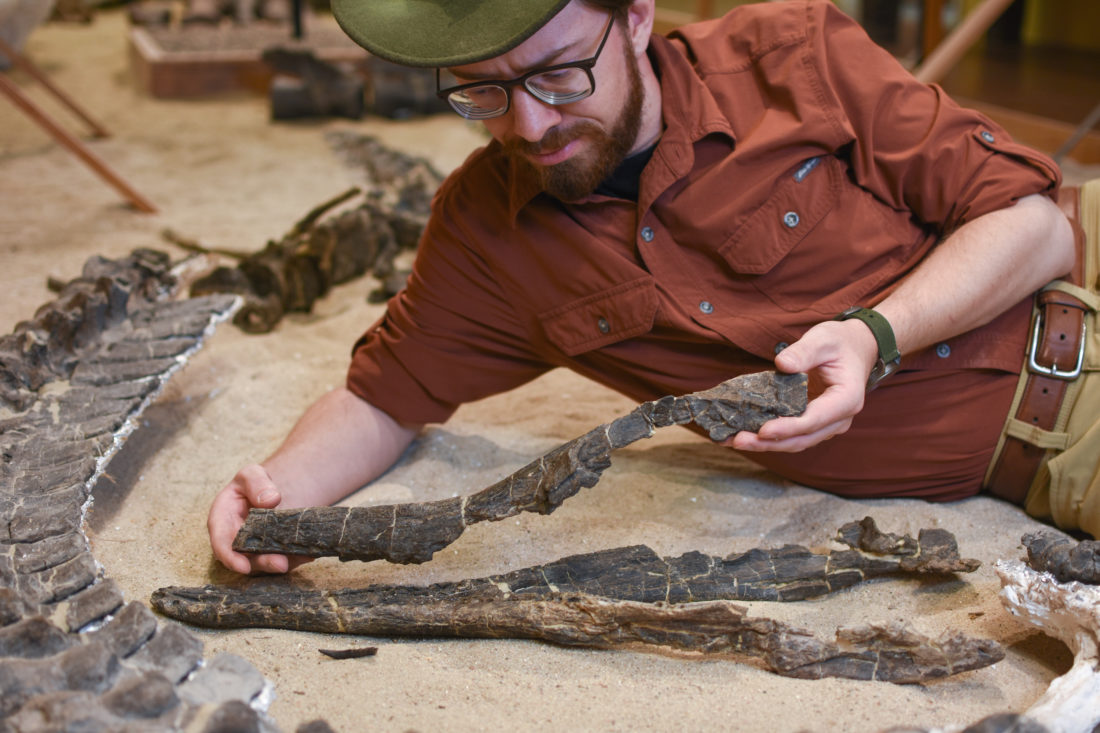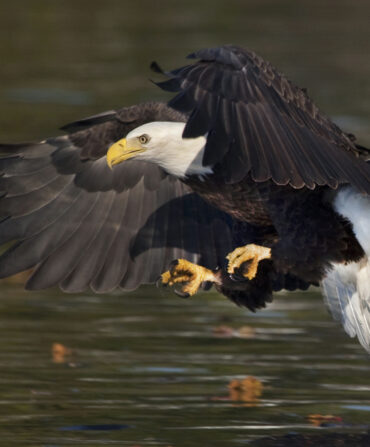“Paleontology is an act of imagining your daydreams, and refining your imagination,” says Scott Persons, a professor of geology at the College of Charleston in Charleston, South Carolina. Yesterday, Persons’s imaginings went down on the scientific record when he announced a new species of plesiosaur, named Serpentisuchops, which translates literally to snakey crocodile-face.
Plesiosaurs were large marine reptiles that overlapped with dinosaurs—in essence, they were real-life sea monsters—and what we know of them depends on what we are lucky enough to dig up. In the Badlands of Wyoming in 1995, researchers unearthed what was once a twenty-three-foot plesiosaur, encrusted in rock. The owner of the land donated the specimen to the state’s Glenrock Paleon Museum, a partner of the College of Charleston and the Mace Brown Museum of Natural History. There, the plesiosaur spent some quality cleaning time with the fantastically named Glenrock Bone Biddies—a group of elderly women who, instead of a sewing circle, formed a fossil picking circle.

As they removed the calcite crystals from the specimen, it became increasingly clear that there was something funny about this plesiosaur. “Before, we thought plesiosaurs came in two flavors,” explains Persons. The first type—and the best known—had a small head and long neck. The second type had a short neck and very long, crocodile-like jaws. “And then,” Persons says, “there’s our plesiosaur.”
Persons worked bone by bone to reconstruct what the animal might have looked like. “Imagine a scaly body,” he says. “Big, very powerful front flippers, larger than what you see on a sea turtle. A long, snake-like neck, again with thirty-two vertebrae, and then narrow, elongated jaws, like a skinny standard crocodile. In those jaws there are tall, conical, pointy teeth, which fit together very tightly as though you were spreading the fingers of your hands together to clasp your hands.”
The strange creature lived seventy million years ago, in the shallow inland sea that covered much of the interior continental United States, and swam using “underwater flight”—something more like the stroke of a penguin. Its existence is evidence of a phenomenon known as niche partitioning; the vast inland sea had no shortage of marine reptiles, and Serpentisuchops had to find its own role in the ecosystem. Persons believes it specialized in hunting smaller prey like squid and octopi, and swung its neck and snapped its jaws quickly while doing so.

The discovery represents one more piece of the mostly unsolved puzzle of the prehistoric world; scientists estimate we know about less than 1 percent of dinosaurs, and the same likely holds true for plesiosaurs. Currently, Persons is studying several more fossils in the Badlands of Wyoming, including a Triceratops. “Often, a really cool paleontological discovery like this plesiosaur is a slow burn,” he says. “You want to find a little bit sticking up, and then, if you’re lucky, there’s more and more buried underneath the ground, and the excitement just builds.”








